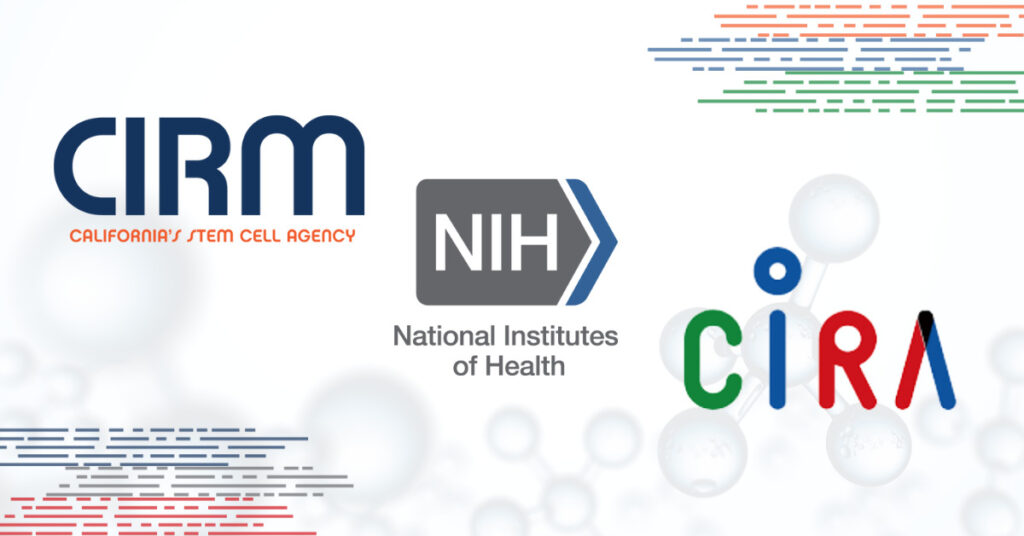The high cost of producing and validating induced pluripotent stem cells (iPSCs or iPS cells) makes them inaccessible for many researchers. This has necessitated the creation of cell banks that can provide high-quality iPSCs to researchers who would otherwise be unable to produce and characterize these cells within their own laboratories. Importantly, the use of human iPSCs for drug screening can circumvent cross-species differences before drugs are moved into clinical trials. Of course, iPSCs are also being leveraged for a wide range of other applications, including disease modeling, toxicology testing, cell therapy, personalized medicine, clean meat production, 3D printing, and beyond.
Workflow in iPSC Banks
To produce, bank, and distribute high-quality iPSCs seamlessly to academic and clinical researchers, an iPSC bank must have a well-established and standardized quality assurance (QA) process in place to ensure iPSC quality, safety, and pluripotency. Upon receiving donor samples, technicians in the bank perform the tests for pathogens and genetics. If the cells pass those tests, the workflow continues onto iPSC generation. The cells also undergo a series of characterization assays for the investigation of sterility, cell phenotype, chromosomal stability, genetic identity, and pluripotency.
The earliest iPSCs were created from mouse fibroblasts (skin cells) in 2006 by Yamanaka and colleagues using retrovirus and defined factors. In 2007, the same team used human fibroblasts to create iPSCs using the same method. While skin cells are particularly easy to access, all actively dividing body cells, including peripheral blood mononuclear cells (PBMCs), urine cells, immune cells (T cells and B cells), cardiomyocytes, hepatocytes, and several other cell types are capable of being reprogrammed into iPSCs. Today, blood and skin cells are the most common cell sources for iPSCs generation because of their ease of collection.
Earlier, retrovirus and lentivirus were widely used to create iPSCs. Unfortunately, these two viruses have been found to randomly integrate into the host genome and increase the risk of mutagenesis. For this reason, new methods have been developed and optimized using adenovirus, Sendai virus, plasmid vectors, piggyBac transposons, synthesized, recombinant proteins, and other approaches. Today, Sendai virus has become the most widely used reprogramming method due to two reasons: it is an RNA virus that does not enter the nucleus and integrate into the host genome and it has high efficacy.
Establishing Global iPSC Banks
Today, the majority of the banks offering iPSCs are non-profit organizations and are mostly government funded. These organizations are providing specific disease cell lines for academic and commercial research.
For example, CIRM was established in 2004 by the California state government with the aim of establishing a state-of-the-art organization for regenerative research, with an investment of about $3 billion in state government funding. CIRM not only performs reprogramming and create iPSCs from donor blood, but also imposes a rigorous in-house iPSC characterization and QC workflow. In the U.S., the CIRM has created about 1556 individual iPSC lines with 23 specific disease types comprising heart diseases such as cardiomyopathies, and neurodegenerative disease such as Alzheimer’s disease.
Most of the cell lines created by CIRM are from donor’s B lymphocytes and fibroblasts as the cell source. CIRM is also collaborating with Fujifilm Cell Dynamics and the Coriell Institute in cell derivation and banking. In 2017, CIRM made an investment of $32 million for obtaining donor samples, cell line generation, characterization, cell banking, and overall maintenance.
Over time, CIRM has established critical partnerships with academic and industry leaders for its hiPSC Repository. In March 2013, Cellular Dynamics International and Coriell Institute for Medical Research received two multi-million dollar grant awards from CIRM for this cell banking project. CDI was awarded $16 million to create three iPSC lines for each of 3000 healthy and diseased donors representing eleven diseases.
In conjunction, Coriell was awarded almost $10 million to establish a biorepository for these lines. The balance of the $32 million was awarded to four California institutions for recruitment of tissue donors to create the iPS cells.
Additionally, the United States National Institutes of Health (NIH) established a Regenerative Medicine Program (RMP) in 2010, which is developing resources to support the therapeutic use of iPSCs. The Regenerative Medicine Program supports distribution of iPSC lines for laboratory and clinical research and is working to accelerate breakthroughs in the development of stem cell-based therapies for advanced and complex diseases.
RMP is pursuing this goal through two major initiatives: The National Eye Institute (NEI) and a Stem Cell Translation Laboratory (SCTL) within the National Center for Advancing Translational Sciences (NCATS). Currently, RMP is providing 14 research grade iPSC lines to the global market.
In Japan, CiRA has been selected as the main center for conducting “iPSC stock development projects for regenerative medicine”. Of course, Keio University, CiRA, RIKEN, and Osaka University are also playing key roles as clinical application research centers that are dedicated to furthering the development of iPSC-derived cell therapeutics.
Interested to learn more about this exciting field? View the “Global Induced Pluripotent Stem Cell (iPSC) Industry Report – Market Size, Trends, & Forecasts, 2023.”
